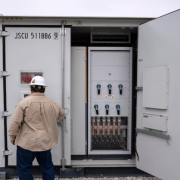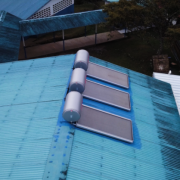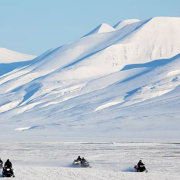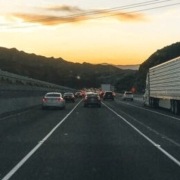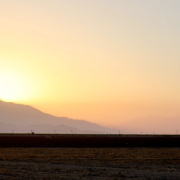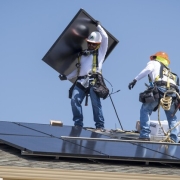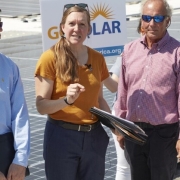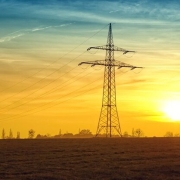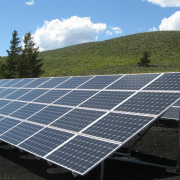The Energy Department has announced a $325 million investment in new battery types that can help turn solar and wind energy into 24-hour power.
The funds will be distributed among 15 projects in 17 states and the Red Lake Nation, a Native American tribe based in Minnesota.
Batteries are increasingly being used to store surplus renewable energy so that it can be used later, during times when there is no sunlight or wind. The department says the projects will protect more communities from blackouts and make energy more reliable and affordable.
Click here to read the full article
Source: ABC News
—
If you have any questions or thoughts about the topic, feel free to contact us here or leave a comment below.

